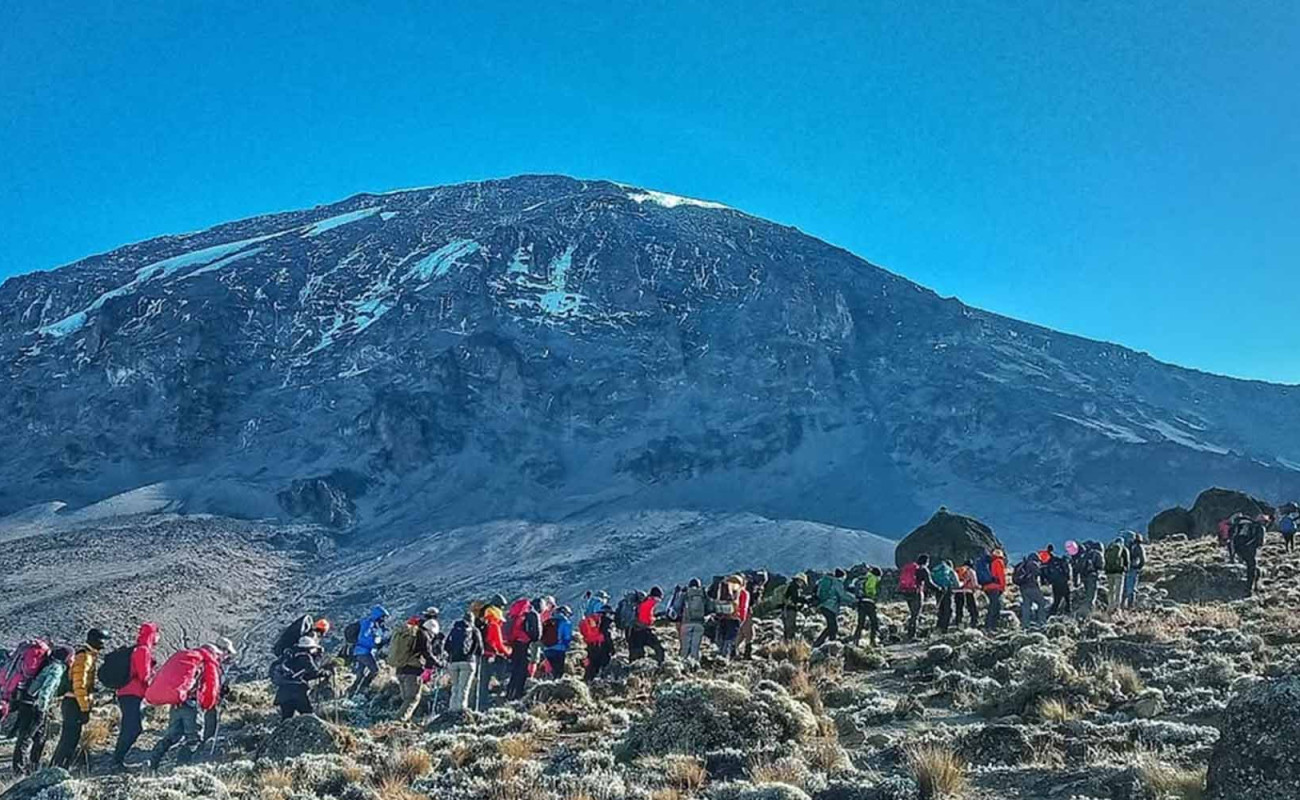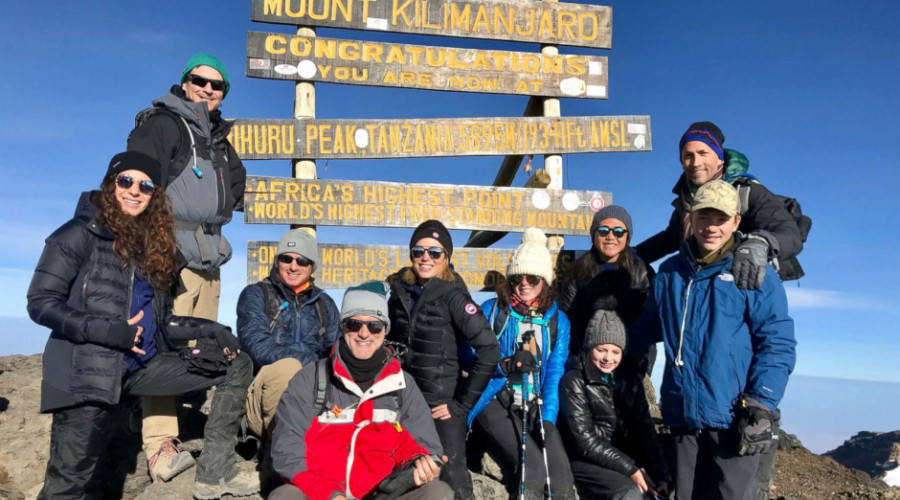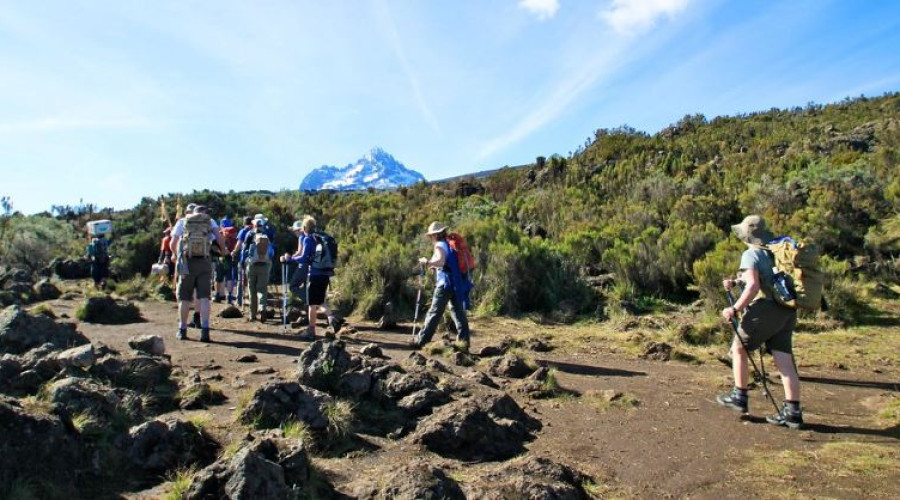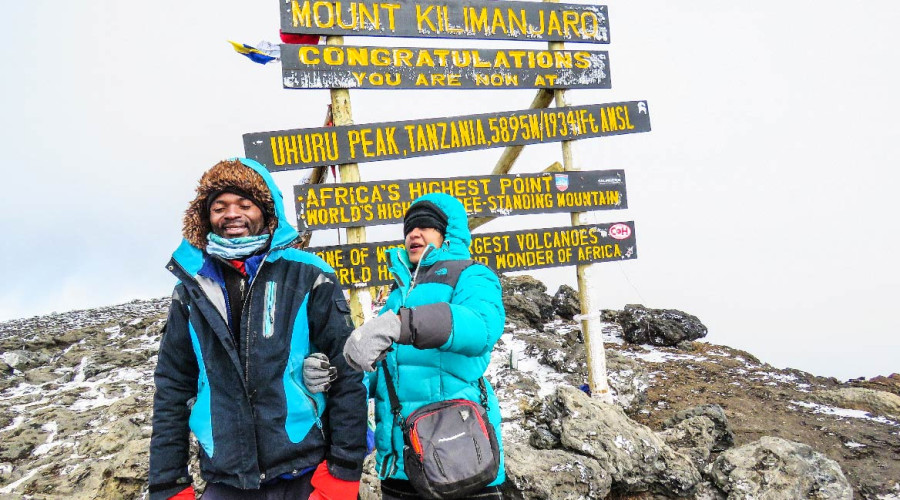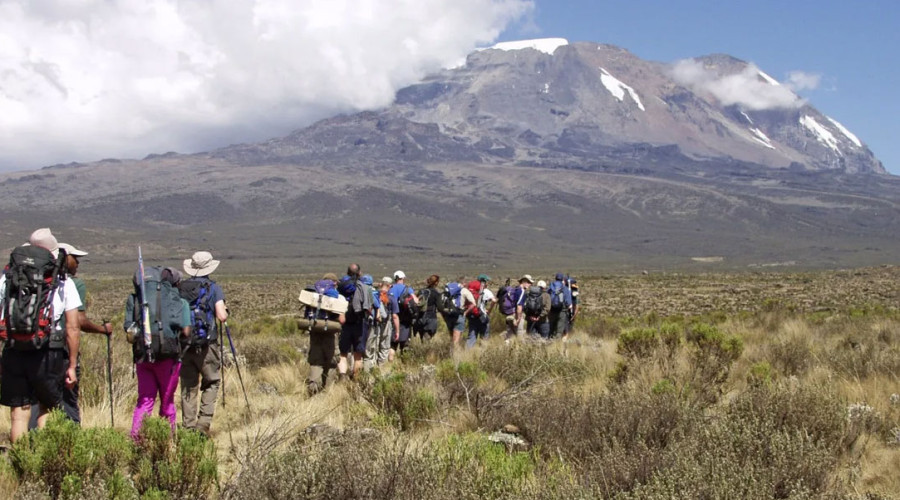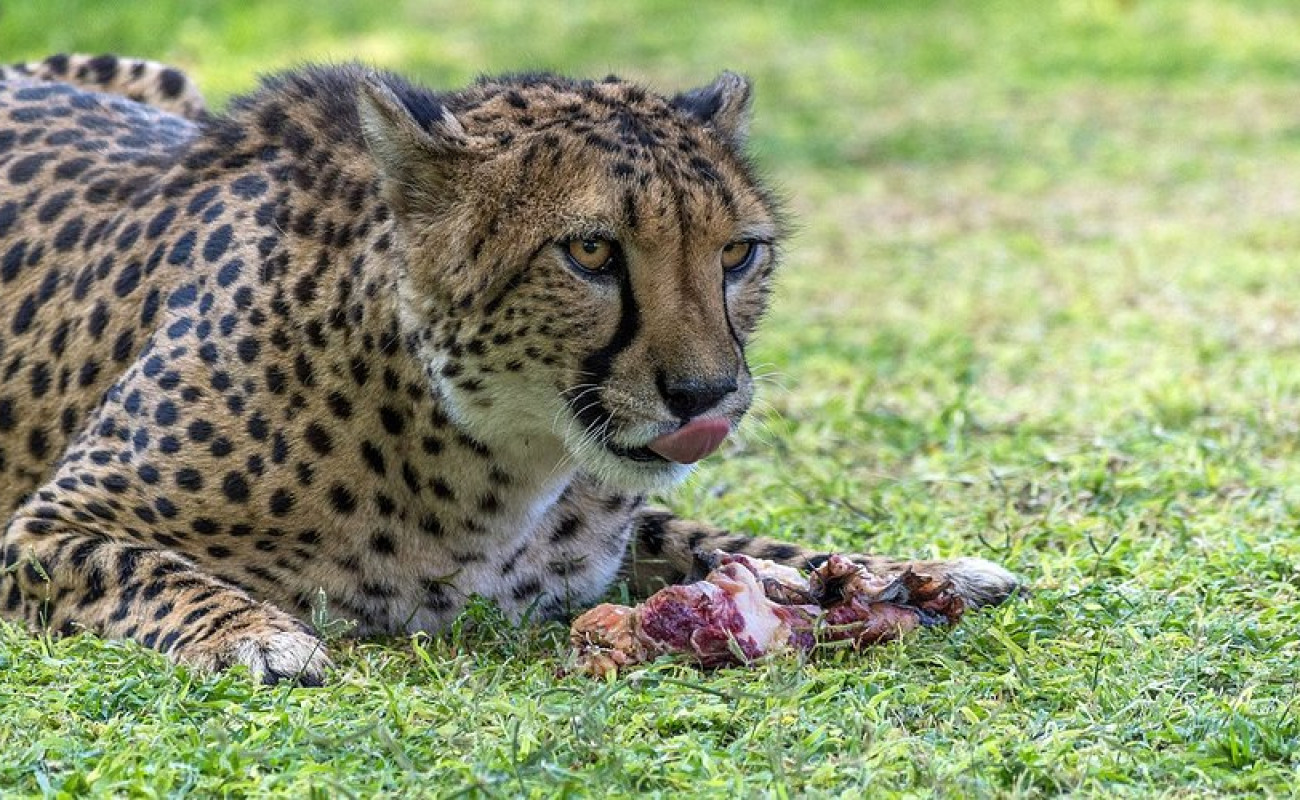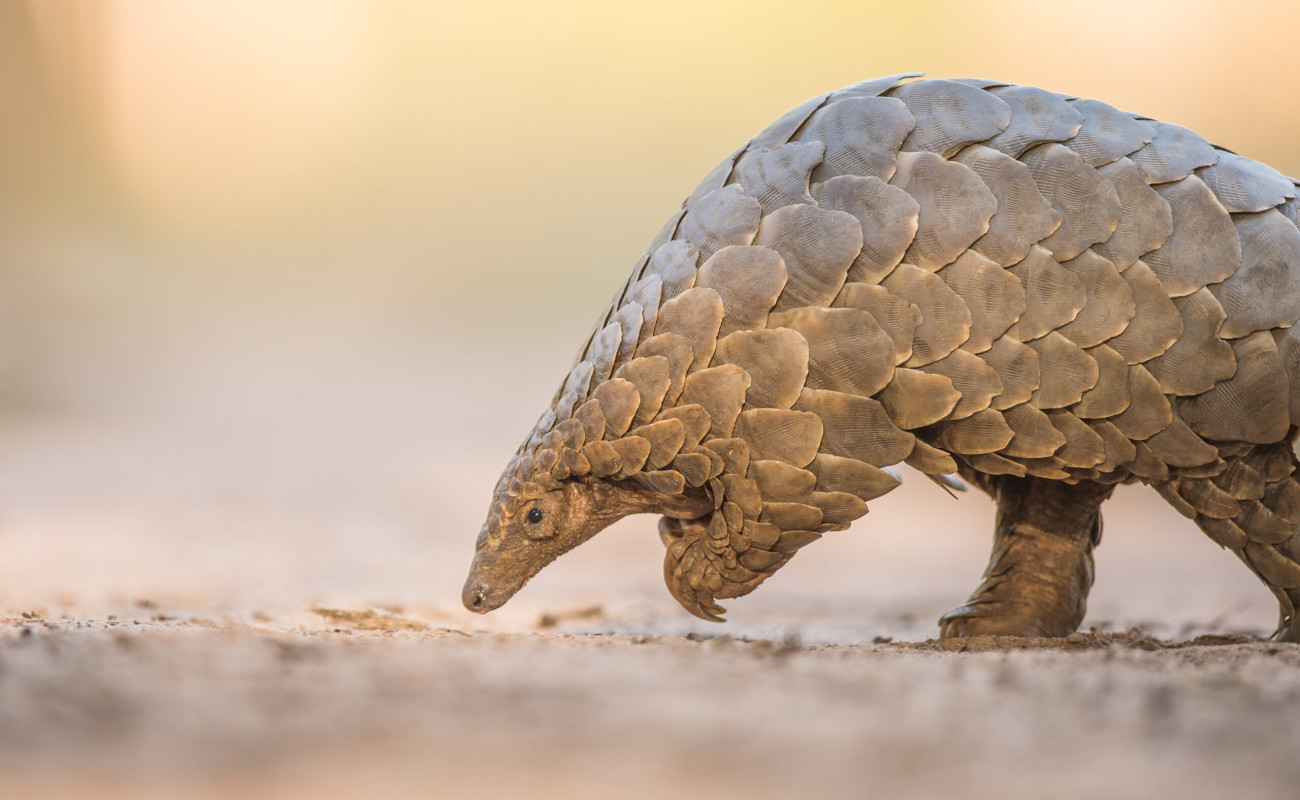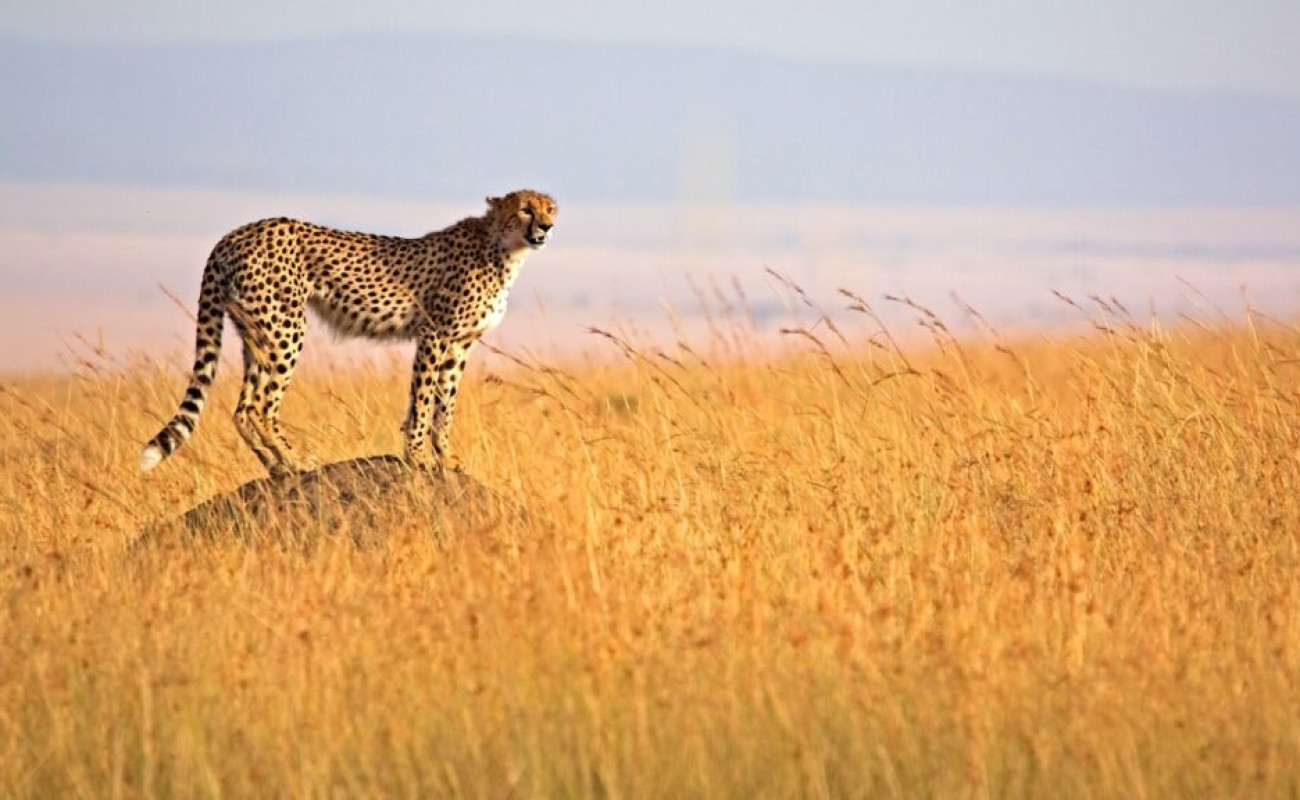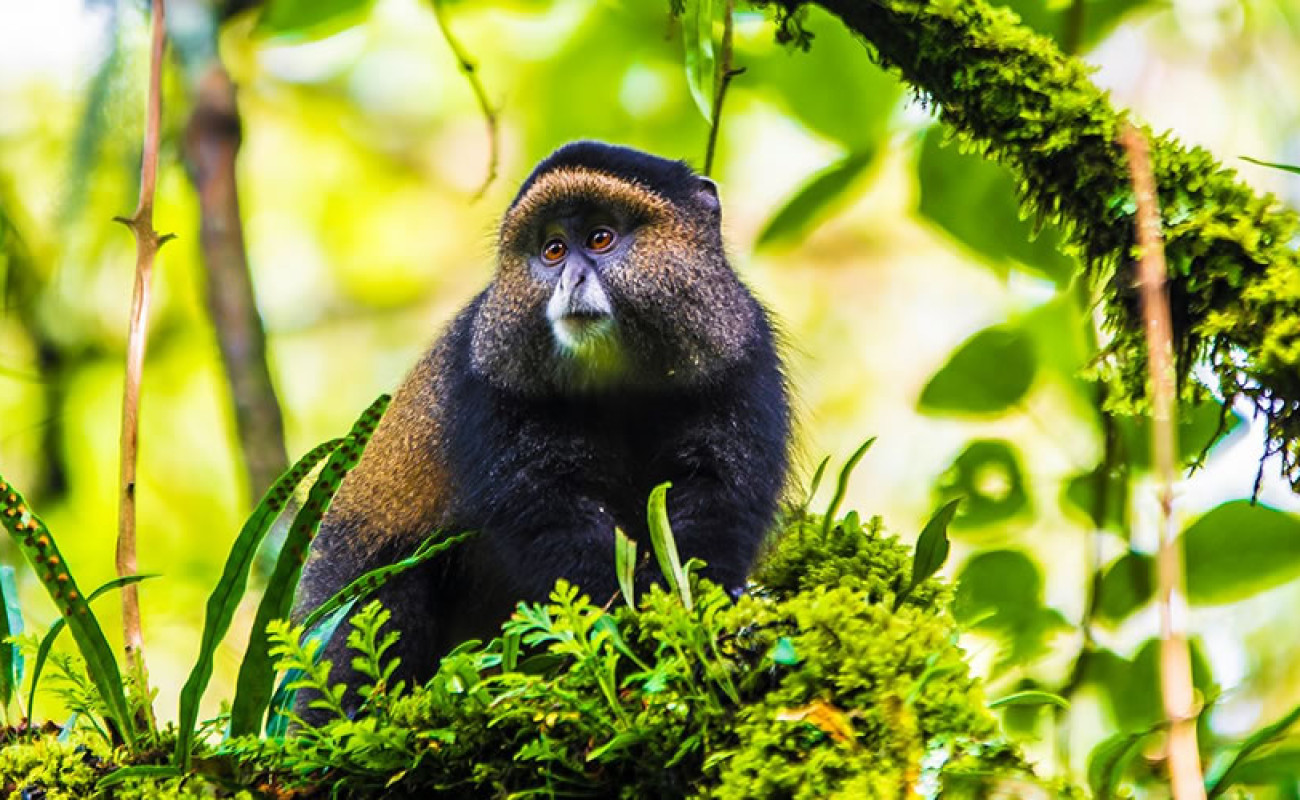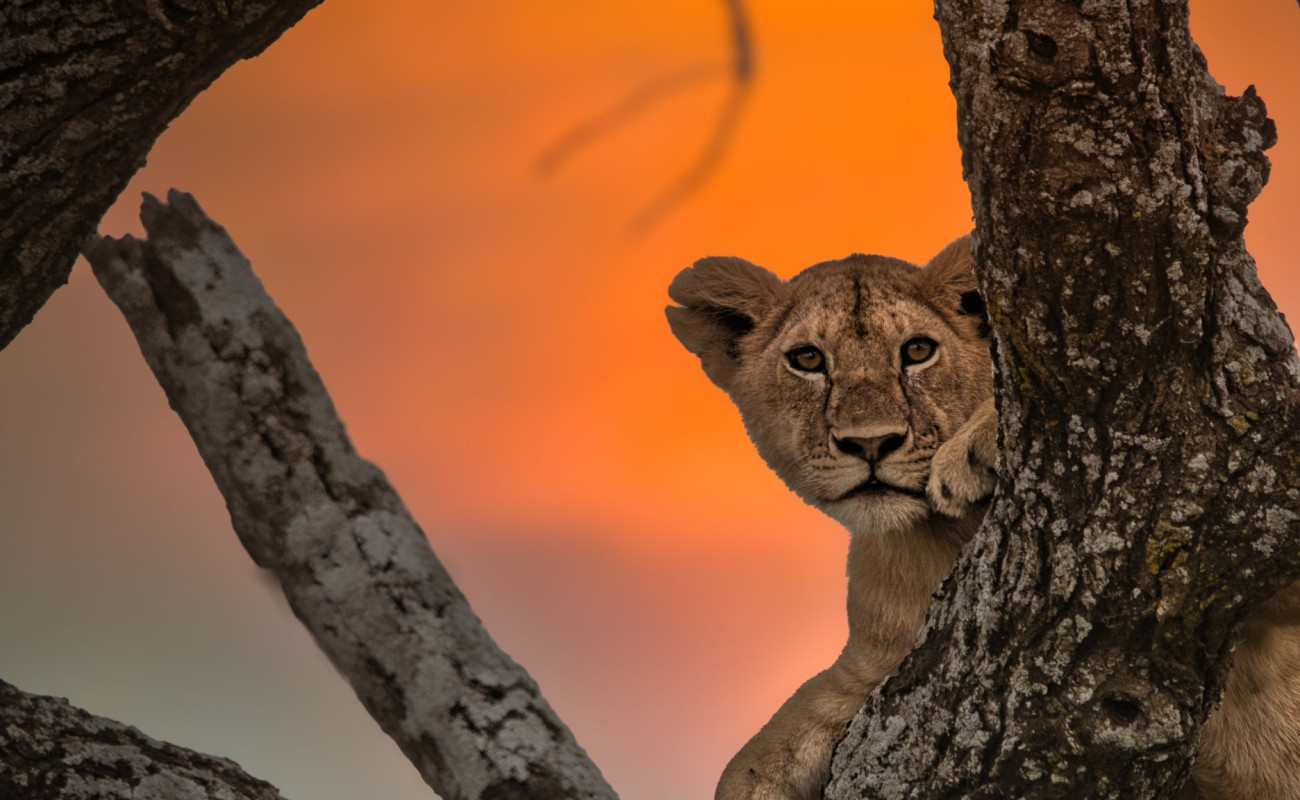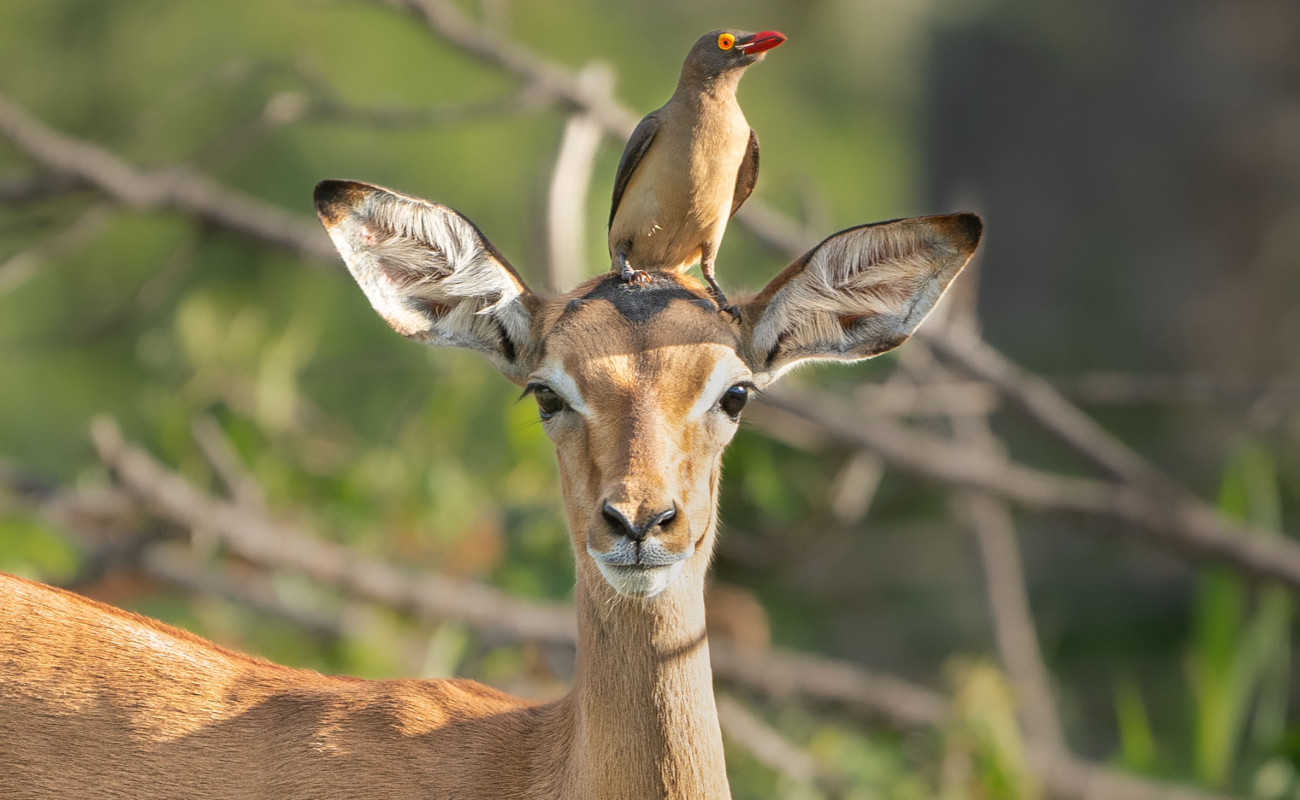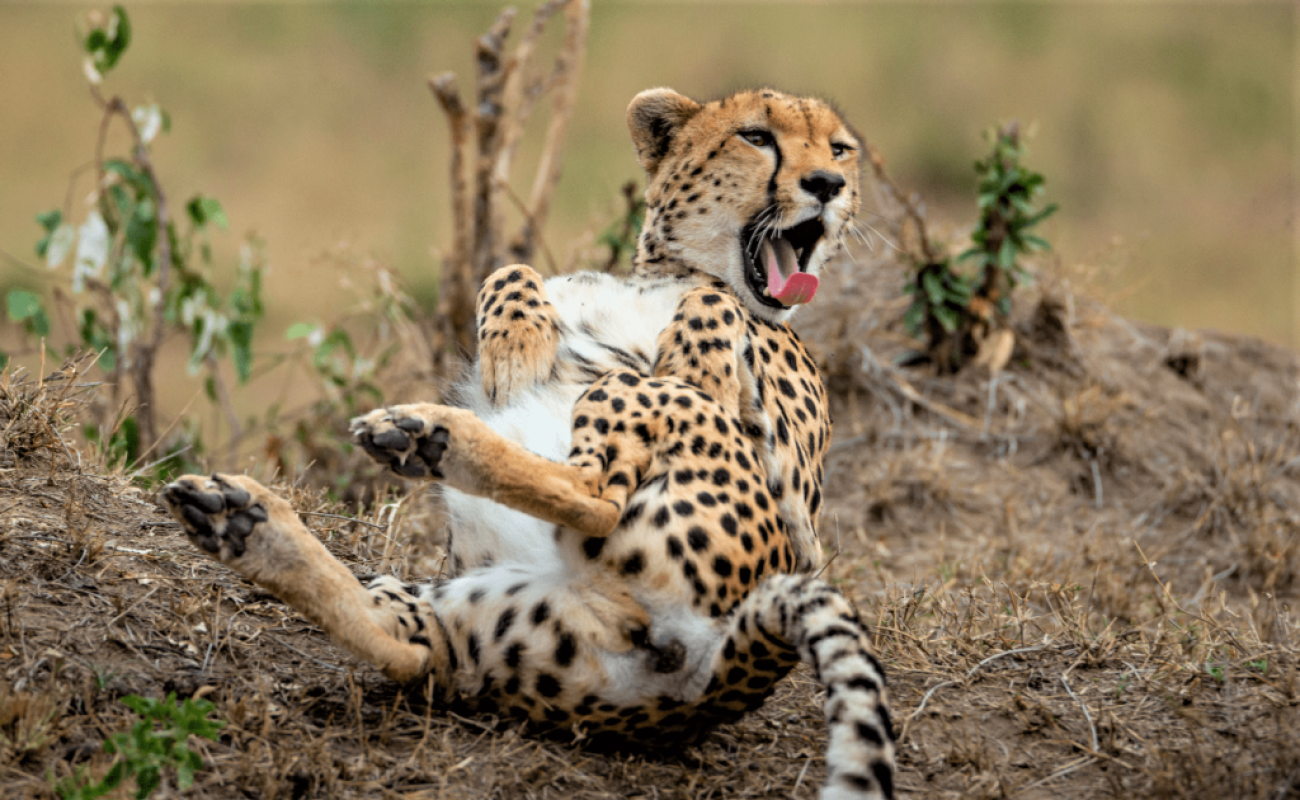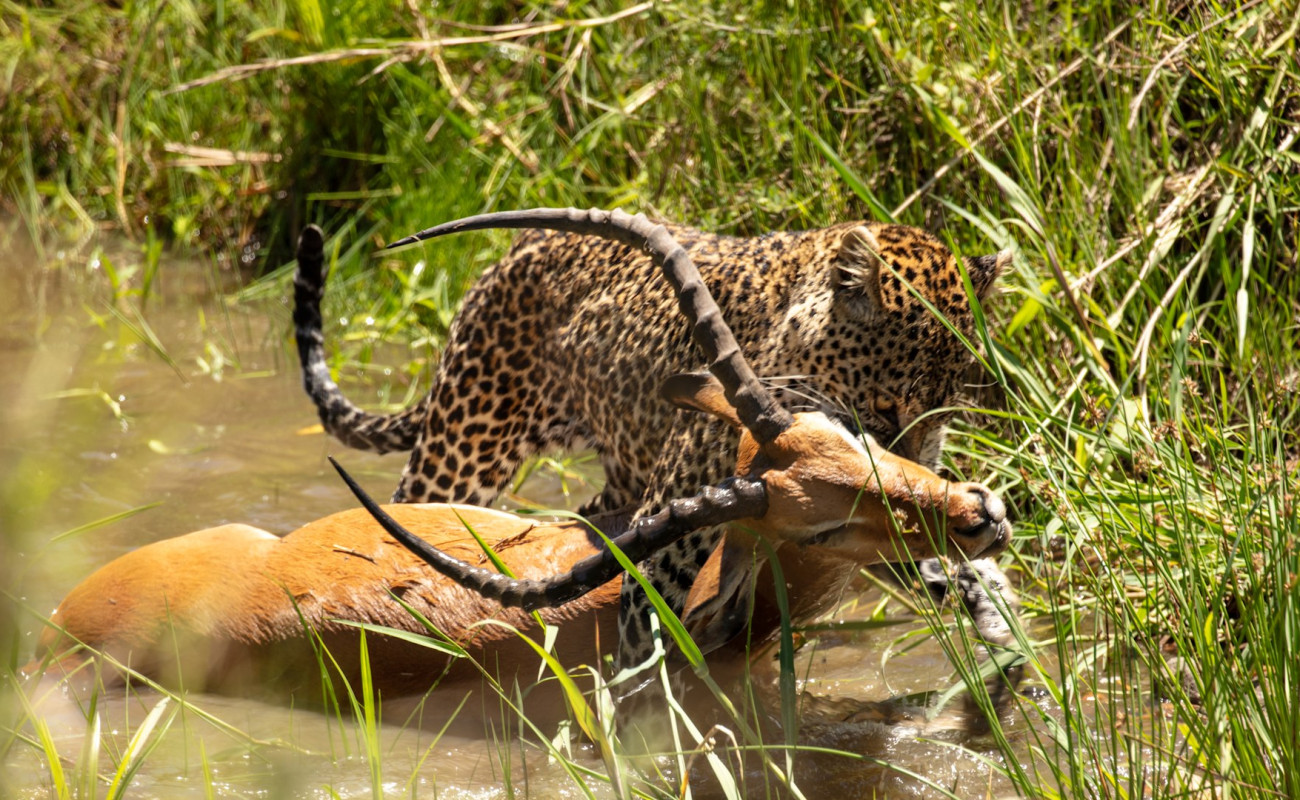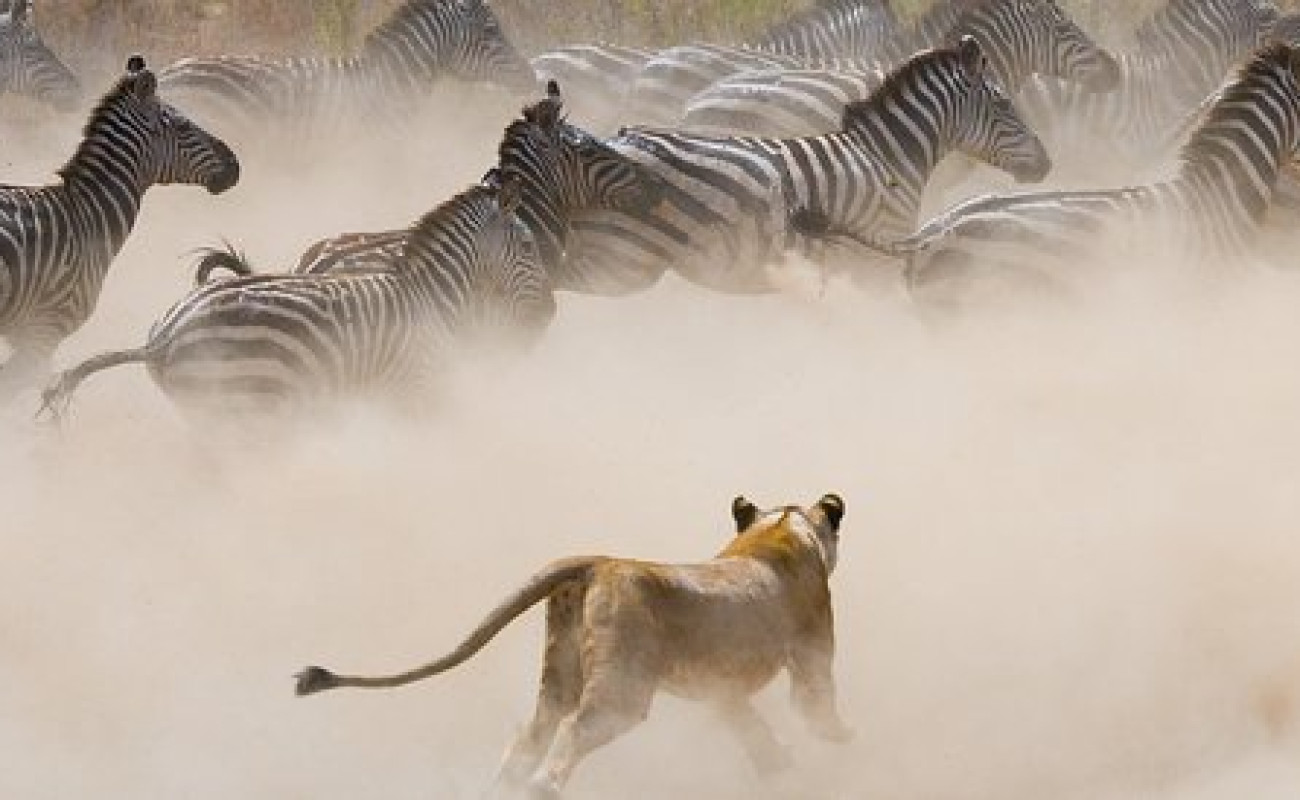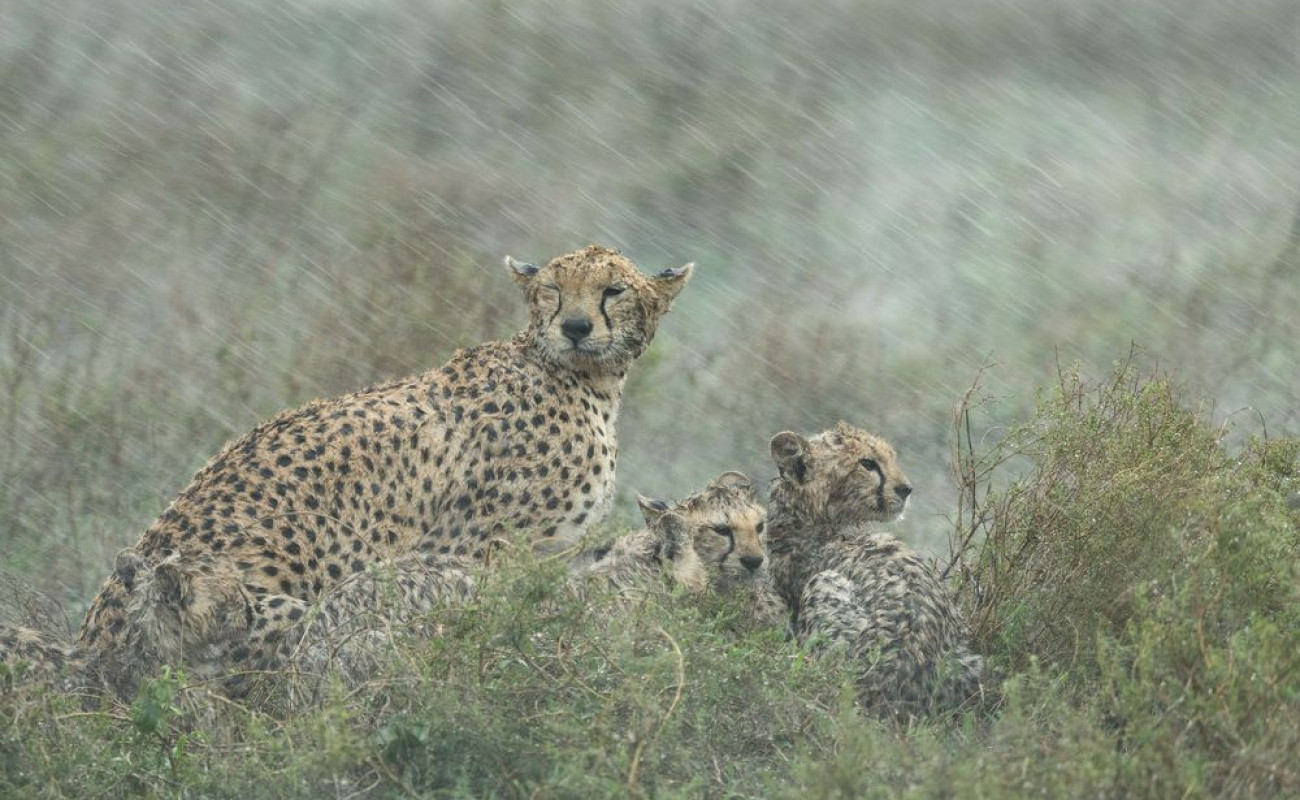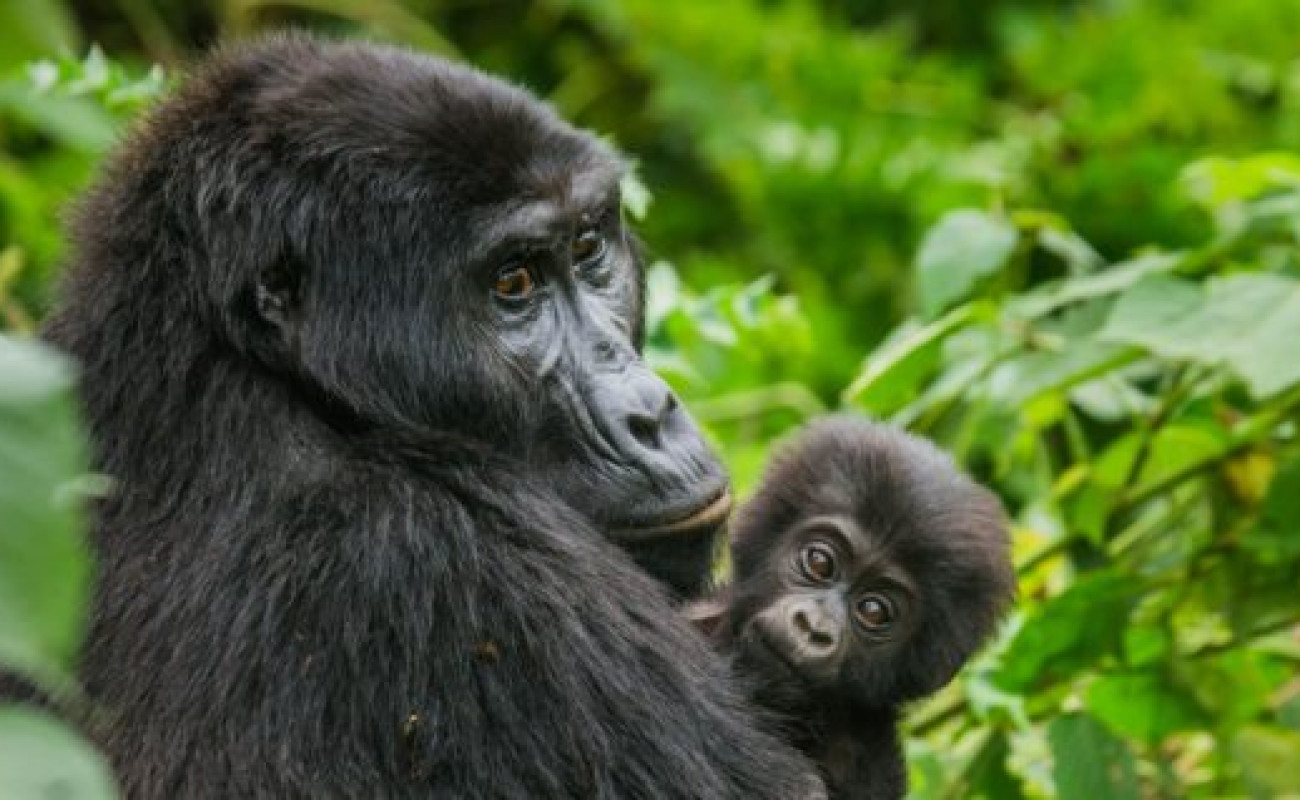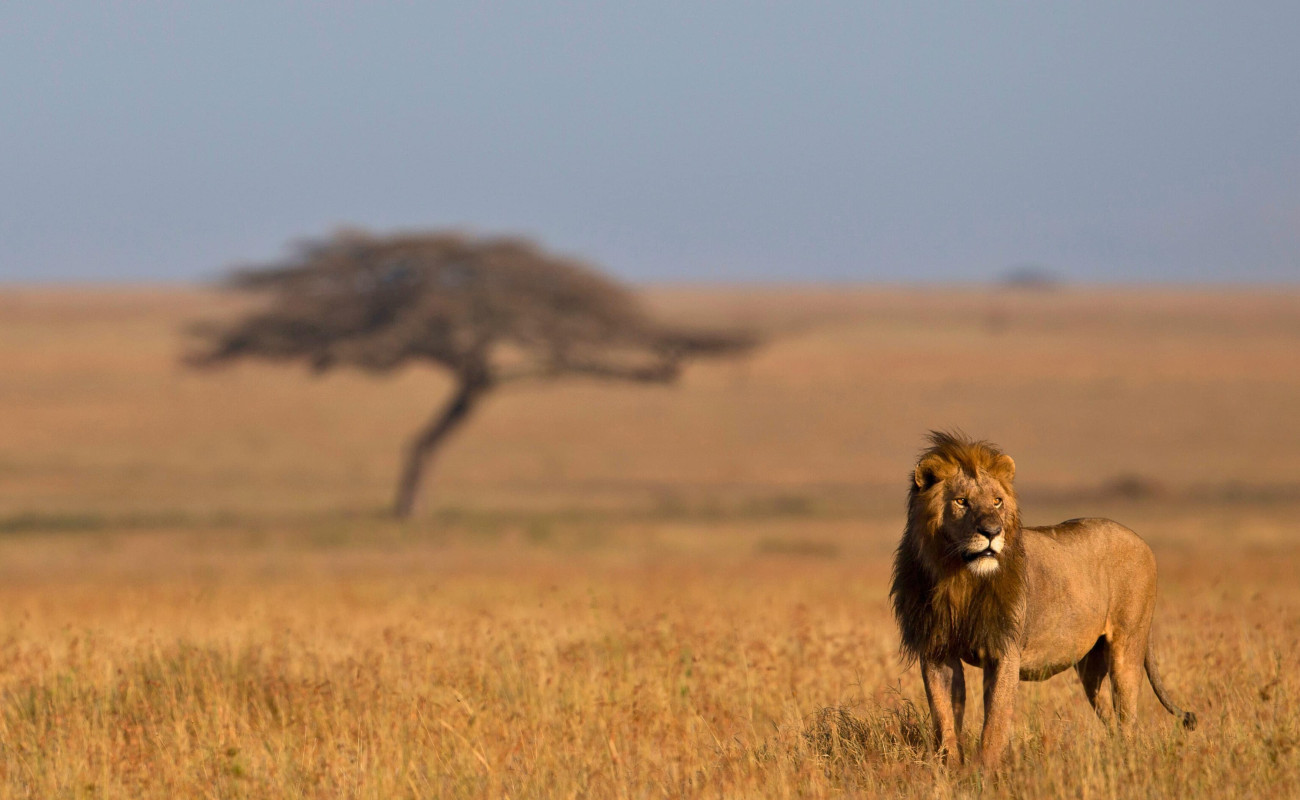Day 1: Moshi – Rongai Gate to Simba Camp (Rongai Cave Camp)
-
Elevation: 1,950 m (6,398 ft) to 2,800 m (9,300 ft)
-
Distance: 8 km / 5 miles
-
Hiking Time: 3–4 hours
-
Habitat: Montane Forest
After a scenic drive from Moshi to Marangu Gate for registration, a short transfer takes you to Rongai Gate. The trail meanders through farmland and lush rainforest, home to Colobus monkeys and other wildlife. A gentle climb brings you to Simba Camp nestled in the moorland zone.
Day 2: Simba Camp – Second Cave – Kikelewa Cave
-
Elevation: 2,800 m (9,300 ft) to 3,600 m (11,811 ft)
-
Distance: 12 km / 8 miles
-
Hiking Time: 6–8 hours
-
Habitat: Moorland
The day begins with a steady ascent to Second Cave, offering striking views of the eastern ice fields and Kibo’s towering cone. The path veers east toward Mawenzi, Kilimanjaro's rugged secondary peak, and continues to Kikelewa Cave—an isolated campsite in the heather-covered wilderness.
Day 3: Kikelewa Cave – Mawenzi Tarn Camp
-
Elevation: 3,600 m (11,811 ft) to 4,315 m (14,160 ft)
-
Distance: 5 km / 3 miles
-
Hiking Time: 3–4 hours
-
Habitat: Alpine Desert
Today’s climb is steep but rewarding. You’ll rise above the moorlands into the alpine desert. The landscape becomes stark and dramatic, with jagged Mawenzi rising above camp. Mawenzi Tarn, nestled in a cirque beneath the peak, is one of the most beautiful campsites on the mountain.
Day 4: Acclimatization Day – Mawenzi Ridge Exploration
-
Elevation: ~4,315 m (14,160 ft) to ~4,400 m (14,400 ft) and back
-
Distance: ~4 km / 2.5 miles
-
Hiking Time: 2–4 hours
-
Habitat: Alpine Desert
This extra day is crucial for acclimatization. You’ll take a short hike to explore Mawenzi Ridge, gaining extra elevation before returning to camp. The surreal views of Kibo’s summit cone and the barren moonscape prepare you mentally and physically for the summit bid ahead.
Day 5: Mawenzi Tarn – Kibo Hut
-
Elevation: 4,315 m (14,160 ft) to 4,700 m (15,430 ft)
-
Distance: 8 km / 5 miles
-
Hiking Time: 5–6 hours
-
Habitat: Alpine Desert
Crossing the desolate Saddle—a windswept alpine desert between Kibo and Mawenzi—you’ll reach Kibo Hut, base camp for your summit attempt. Rest, hydrate, and get a very early sleep. At midnight, the journey to the top begins.
Day 6: Summit Day – Kibo Hut to Uhuru Peak, then down to Horombo Hut
The summit push begins in the silent, frigid hours of early morning. Ascend slowly on scree and switchbacks to Gilman’s Point (5,685 m), then traverse the crater rim to Uhuru Peak, the highest point in Africa. After celebrating at the summit, descend through Kibo to Horombo Hut for a long but rewarding day.
Day 7: Horombo Hut – Marangu Gate – Return to Moshi
-
Elevation: 3,700 m (12,205 ft) to 1,843 m (6,046 ft)
-
Distance: 20 km / 12 miles
-
Hiking Time: 6–8 hours
-
Habitat: Rainforest
The final descent takes you through lush rainforest, with the chance to spot blue monkeys and vibrant flora. Upon arrival at Marangu Gate, you’ll receive your official summit certificate. Our driver will be waiting to take you back to Moshi for a well-deserved rest and celebration.
